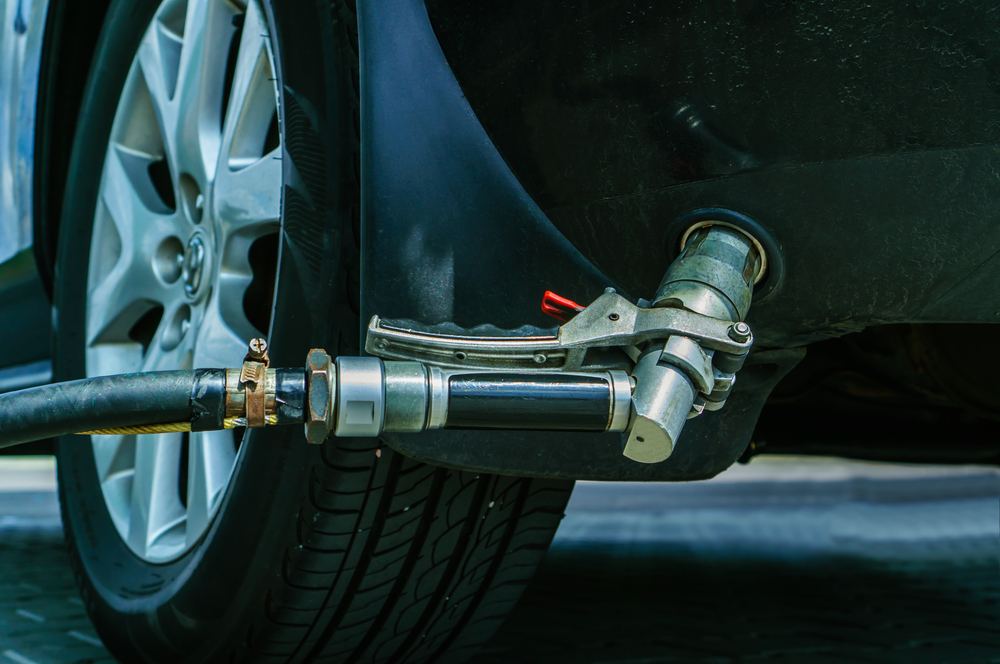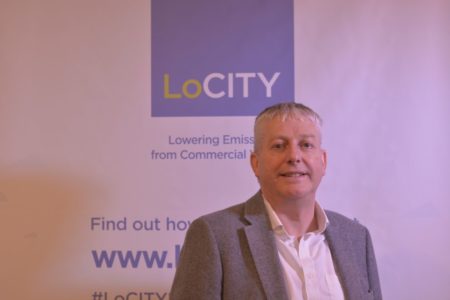Breaking into Fort NOx
Colin Matthews, Low Carbon Vehicles & Fuels Advisor at JouleVert looks at solutions for reducing Nitrogen Oxides in fleet vehicles.
This is part of a series of articles that will hopefully develop a debate on the best and most cost-effective options available to fleets and Air Quality Managers to enable compliance with Air Quality standards in relation to NOx (or NO2) levels. We will look at the source of the issue, then look at the potential solutions and their development timelines and finally the cost of the various technologies for real life implementation. We hope that it will enable Air Quality managers to put in place effective and developing solutions over the next 5 to 10 years. Let’s start by looking back…
It has been difficult for government and local councils to fully understand how the NOx issue has developed when the testing methods of vehicle emissions has not been, perhaps, as open and transparent as desirable. Therefore, a degree of smoke and mirrors in relation to the understanding of the true real life emission performance of vehicles has left us all scratching our heads.
To be fair, the vehicle manufacturers have tried to produce vehicles that meet the legislative requirements of the standards agreed but the truth is that in reality the vehicle emissions do not meet the spirit of what was trying to be achieved.
Dieselisation
So here we are some 15 years on from the start of dieselisation of the vehicle fleet and what is the net result? Well there is no doubt that improving mpg has led to a reduction in Carbon Dioxide emissions overall and the utilisation of Particulate Traps has eliminated a large amount of the black soot that we were used to seeing splurge out of the exhausts but at what cost overall though? The elephant in the room is NOx or more precisely NO2 which has seen an ever-increasing demand on the health service because of the breathing difficulties it undoubtedly creates in us all.
So, using diesel is a bit like playing whac-a-mole, no sooner do you think you solved one issue when another one pops up. Who would want to oversee Air Quality these days with so many conflicting priorities?
How can we break into this NOx stronghold without affecting other areas and, more importantly, in a co-ordinated and economic way? The Vehicle industry has attempted to tackle the issue to date with a ‘band aid’ mentality of trying to eliminate the NOx within the exhaust system and testing the ‘authenticity’ of these solutions on the approved industry drive cycles. So, in theory they should work, however we all know that theory and practice can be strange bedfellows…
Testing
With trucks and buses the ‘industry’ emissions testing is done purely on the engine (no gearbox or drive axles) and the emissions are mapped against power delivery (grammes per kilowatt hour). Therefore, in real life situations the NOx levels will depend on the load being carried and the ‘effort’ the engine is putting in as well as the terrain, topography, and speed. Empty running therefore (after deliveries into city centres) are still an issue even at Euro VI diesel standards.
Cities like Sheffield (Vehicle Emission Measurement and Analysis – Sheffield City Council; Final version 1.1: 3rd December 2013, Dr James Tate) and Aberdeen
Aberdeen city council have done some real life tailpipe emission testing in their urban environments in very well controlled procedures. The results show, surprise surprise, that the levels of NOx out of the tailpipe is significantly higher than the EU standards that the vehicles supposedly meet in all but Euro VI vehicles. Why is this? Well if you look at how SCR works the answer is obvious and true. SCR requires a set temperature for the ‘reaction’ with Urea to take place, this in turn means the engine needs to be ‘worked’ to get the exhaust gas temperatures up into the required operating temperature window. However, in stop-start urban traffic the exhaust temperature drops below this threshold thus the NOx passes straight through and into the local air. The Sheffield results show that a Euro V bus puts out more NOx than a Euro III. Where does that leave the poor Public Sector Fleet manager trying to find a way through the CO2 and NOx conundrum?
The retrofit SCR suppliers know this issue and are fitting additional means of raising the exhaust temperatures such as burning fuel in the exhaust just before the catalyst but at the expense of increased fuel use and more CO2.
Alternatives
There are however alternatives available that do not produce the NOx in the first place (prevention is better than cure). Petrol vehicles have always had much lower NOx that diesel (at the expense of CO2 emissions). Spark ignition therefore is on the table. If you use LPG or better still Bio-LPG, then you can get your low NOx and Low CO2 solutions today. There is a comprehensive network of LPG refuelling stations and for a return to base fleet LPG refuelling infrastructure is low cost to install. Bio-LPG will be coming to market in 2017 to offer a near carbon neutral solution. Spark ignition also allows for Natural Gas use as a dedicated fuel. There are over 200 dedicated Gas Buses running in the UK on Biomethane. These produces lower NOx than Euro VI diesels without the need for ongoing maintenance associated with exhaust after treatments. They are quieter and fleet operator feedback says Gas buses are the most reliable on their fleets. The economics stack up so roll out of this solution should be the most cost effective way for Government to help solve the public transport emissions issue. Dedicated Gas HGVs are now coming to market thanks to the wider global uptake so we look forward to greater choice for the fleet operators over the next 5 years. Biomethane availability as both CNG and LNG is growing too.

“There is a comprehensive network of LPG refuelling stations and for a return to base fleet LPG refuelling infrastructure is low cost to install”
Electric drivetrains are good in cars and have their place particularly in last mile van deliveries where range is less of an issue (but payload maybe). Range Extender hybrids with GPS electric only ring fencing for city centre work will probably emerge as the best Van and lighter truck solution. The source of electricity will continue to be the challenge alongside local grid capacity availability.
Hydrogen has always looked promising and levels of (much needed) investment in hopefully producing economic options is growing. We will consider this in a later article.
So how do we take all this forwards to deliver what is needed on the ground (or should that be ‘in the air’?). Firstly, we need much better real life drive cycle testing. The Low Carbon Truck test programme has developed with LowCVP a PEMS based real life test cycle to show the true emissions in actual vehicle use. This is certainly a helpful start. We also have the Low Emission Bus test cycle which is proving its worth. However, we need them developing for a Refuse Collection Vehicle typical day cycle and then one for Vans (which remain one of the largest NOx polluters out there).
Secondly, we need incentive programmes that drive the maximisation of emission savings (both AQ and CO2) by having simple 0-100% scales so incremental improvements in technology gets automatically rewarded, rather that the traditional bandings which results in developing to the lowest threshold point in order to qualify.
Finally, we need retrospective testing to show that what was presented for initial test and approval is delivering the same performance when fitted to real vehicles otherwise we could be inadvertently funding underperformance. With this in place then our Air Quality Managers stand a fighting chance at delivering what we all ultimately desire, a breath of fresh air.







 Network
Network
